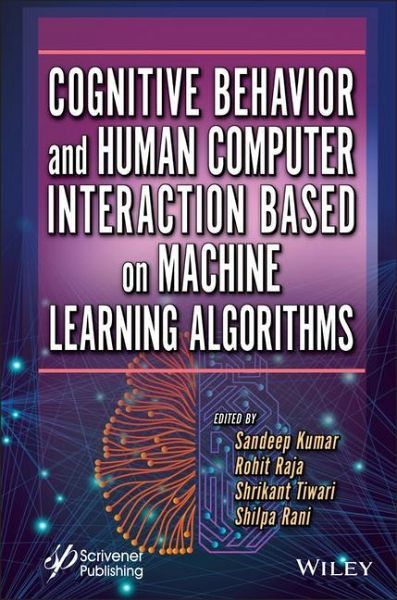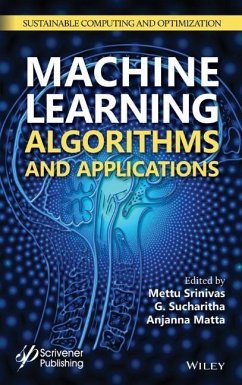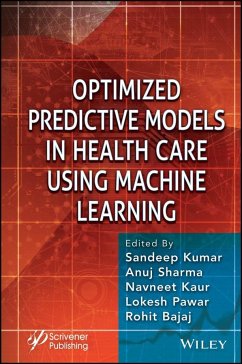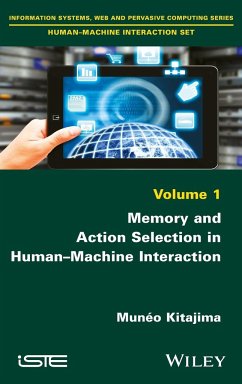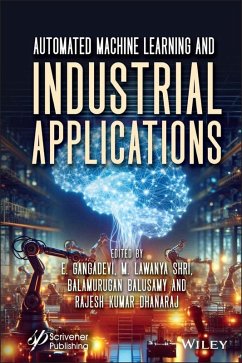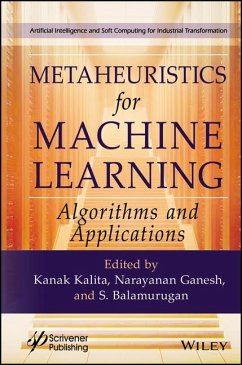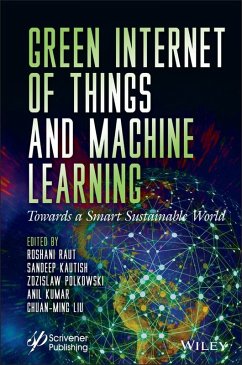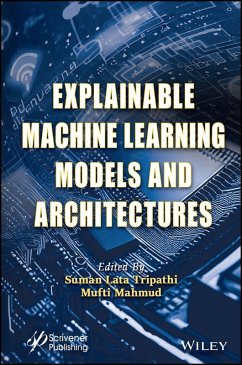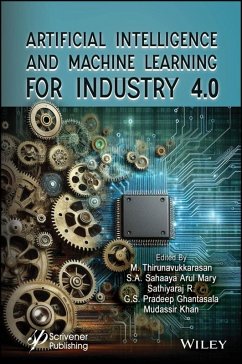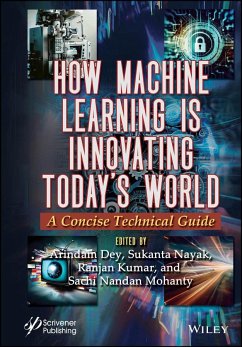Sandeep Kumar, PhD is a Professor in the Department of Computer Science and Engineering, Koneru Lakshmaiah Education Foundation, Vaddeswaram, AP, India. He has published more than 100 research papers in various international/national journals and 6 patents. He has been awarded the "Best Excellence Award" in New Delhi, 2019. Rohit Raja, PhD is an associate professor in the IT Department at the Guru Ghasidas, Vishwavidyalaya, Bilaspur (Central University-CG). He gained his PhD in Computer Science and Engineering in 2016 from C. V. Raman University India. He has filed successfully 10 (9 national + 1 international) patents and published more than 80 research papers in various international/national journals. Shrikant Tiwari, PhD is an assistant professor in the Department of Computer Science & Engineering (CSE) at Shri Shankaracharya Technical Campus, Junwani, Bhilai, Distt. Chattisgarh, India. He received his PhD from the Department of Computer Science & Engineering (CSE) from the Indian Institute of Technology (Banaras Hindu University), Varanasi (India) in 2012. Shilpa Rani, PhD is an assistant professor in the Department of Computer Science & Engineering, Neil Gogte Institute of Technology, Hyderabad, India.
